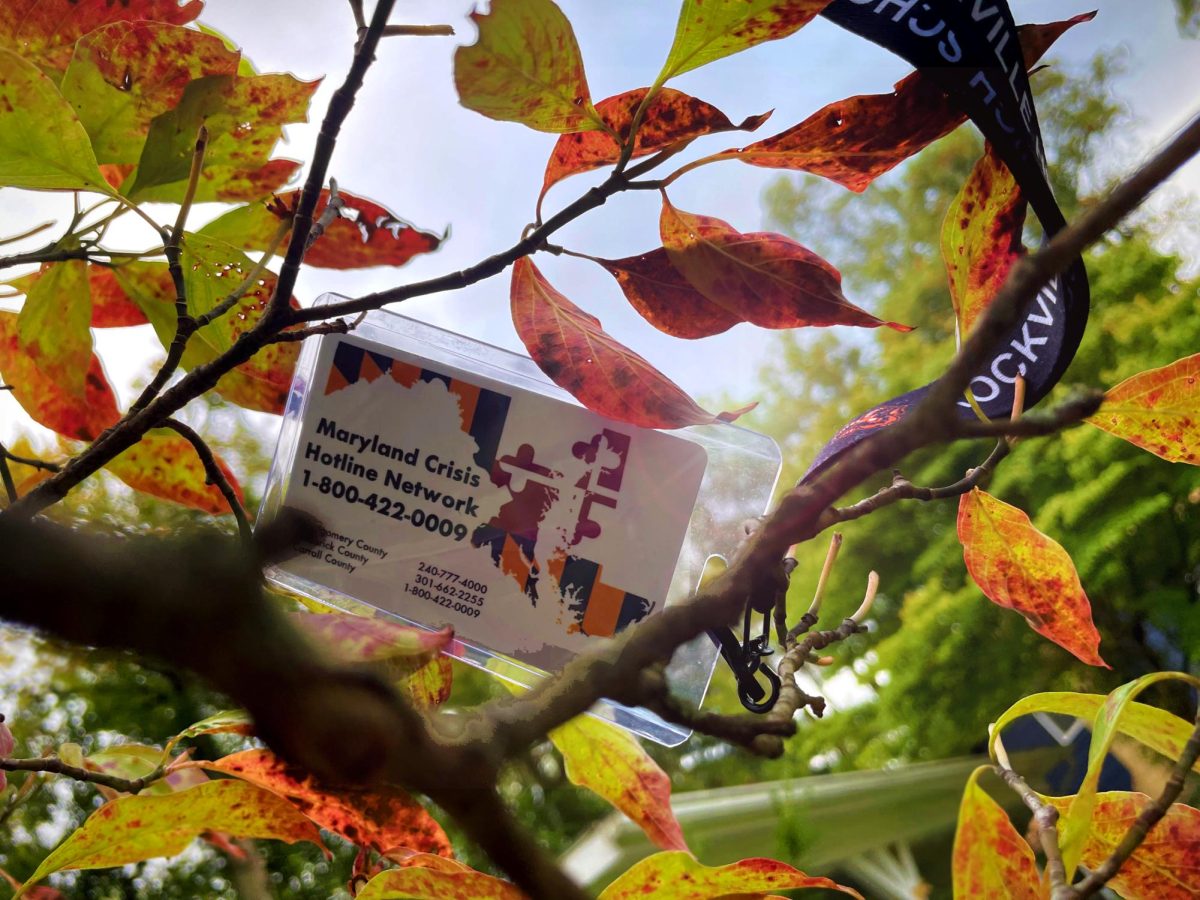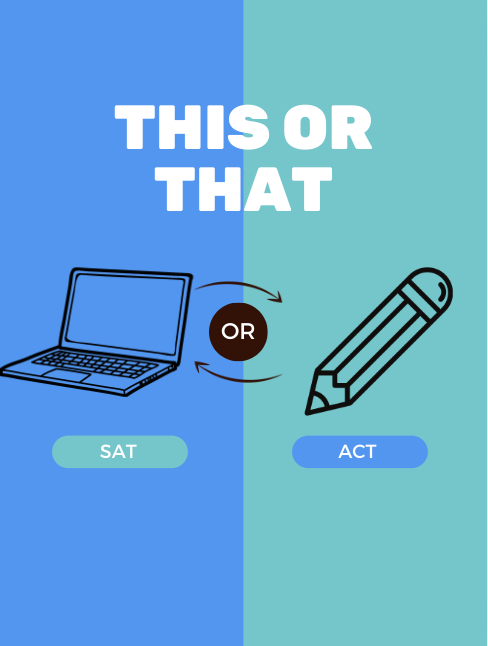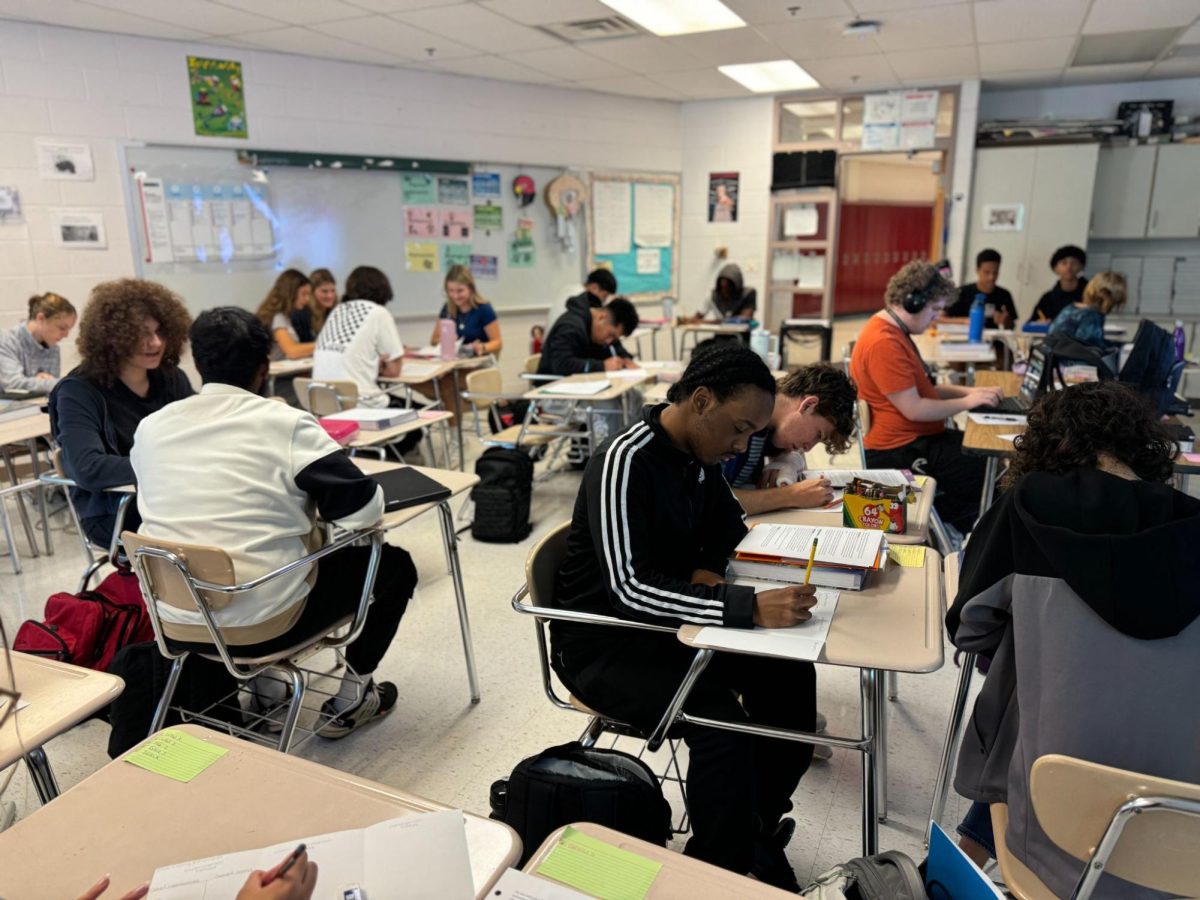Having to wear student IDs is annoying.
The first year they were introduced, there were mass complaints from our student body. Whether it was the fact that they don’t always match with one’s outfit or simply the mental burden of having to remember to bring your ID to school every day— I don’t recall a single person being happy about this new policy. Even now, the mere mention of student IDs brings out dark scowls from my friends.
Fortunately, the RHS administration has done what they can to make the policy more accommodating to students. Students at RHS can wear their student IDs in a variety of different manners, such as off a lanyard, attached to their bag via a carabiner, or through a retractable belt clip.
Above all this, the purpose of wearing student IDs (to keep our school community safe) should not be overlooked. Students wear IDs to help identify them as RHS students and prevent trespassers or intruders from entering the school unbidden. Specifically, MCPS adopted this ID policy as part of their 2023 “Safety and Security Update” to combat students trespassing into other schools.
However, after walking into school every day and showing my ID to our security guards for the past few years, my own doubts have begun to form about the inherent “safety” behind these plastic cards. As part of a week-long personal experiment, I tried getting into school in the morning using my junior year ID, my brother’s ID, a “blank” ID (an ID that’s completely white on the side meant to show student information,) and finally, a Wood Middle School ID.
Every single time, I was let into the building without inquiry.
Now, I don’t blame our security team for not catching me. After all, with a population of 1,462 students entering our school every morning, it’s unrealistic to expect every loose ID-rule-bender to be apprehended. Moreover, their purpose of preventing students from entering other schools is still upheld, according to one of our security guards, Ms. Holmes.
“Since we implemented these plans, we’ve had very little to none of students trespassing from other schools and stuff, because the first thing you do is ask for an ID,” Holmes said.
Not only that, but student IDs also have the advantage of ensuring that students are who they say they are, helping to prevent identity theft among our student body. They can also be useful in identifying if students are in their respective classes.
“[If] they have no ID, it’s like giving proof they’re not in your system,” Holmes said. “I use the ID for everything— like [if] we have substitute teachers for a PE class, I tell them: ‘call out the student’s name, make them show their ID, and put them on one side of the gym.’ That way you know who belongs, who doesn’t.”
Of course, these benefits of having student IDs don’t change the fact that they are deeply flawed. While interviewing an anonymous student on student IDs, it became apparent that I wasn’t the only one able to bend the ID rule.
“So currently, I haven’t gotten my new ID because I haven’t taken my photo, and [the retake photos are] in October,” they said. “So I’ve been using my old ID from last year.”
While this loophole appears necessary in this scenario, (since the student didn’t have any other choice but to use an old ID) it still brings attention to the need to update our ID policy. Hypothetically, if students can get in using their previous years’ IDs, other peoples’ IDs, defective IDs and even different schools’ IDs (i.e. the Wood ID,) MCPS’ student ID becomes significantly less useful as a safety measure.
The solution I propose? Updating the IDs each year, and making them unique to each school.
Currently, all student IDs in MCPS are identical on the backside (even across different schools.) If student IDs are made distinct, catching anyone using a faulty ID would be easier: especially for security trying to glance at passing students’ cards in the mornings. Holmes also describes another possible alternative using scan-ins.
“[Student IDs] could be improved if we went to a scanning system where it’s more digital and you can hold students a little more accountable,” Holmes said.
While these new security measures would likely be costly, it goes without saying that the safety of our student body should be prioritized above all else.
“I think [IDs are] much needed,” Holmes said. “[They’re] … used a lot in the real world if you get a federal job, if you go to the airport, so this is what the world is turning to. So we can identify people for our safety.”









